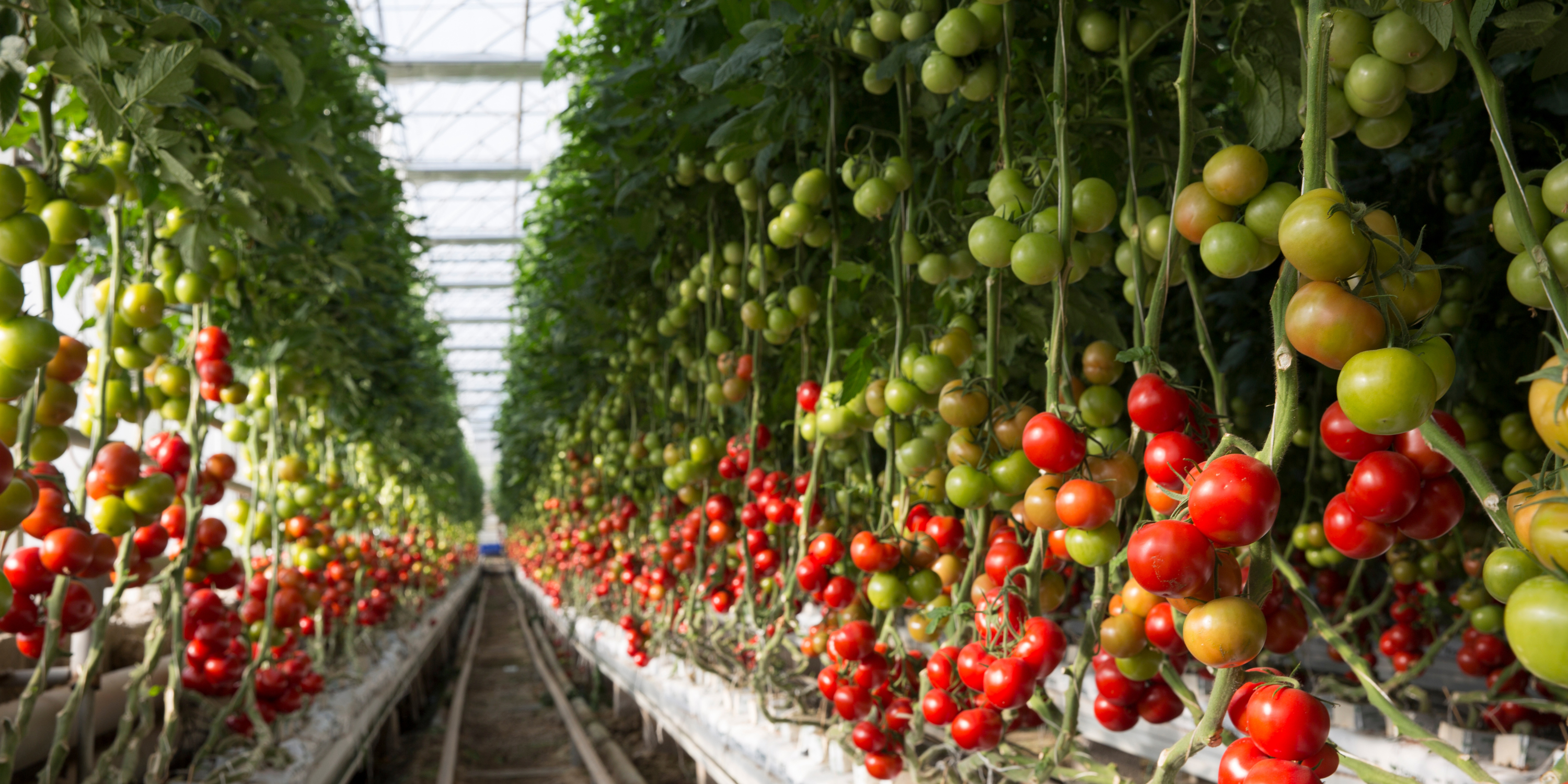
Vertical Farming: Cultivating the Future of Urban Agriculture
As urban populations grow and arable land becomes scarcer, vertical farming emerges as a promising solution to meet the world's food demands sustainably. By stacking crops in controlled indoor environments, this innovative approach maximizes space, reduces resource consumption, and brings food production closer to urban consumers.
What Is Vertical Farming?
Vertical farming involves cultivating plants in vertically stacked layers, often within repurposed urban structures like warehouses or shipping containers. Utilizing soilless techniques such as hydroponics, aeroponics, or aquaponics, these farms operate under controlled conditions, ensuring optimal growth regardless of external weather factors. Advanced technologies, including LED lighting and climate control systems, facilitate year-round production.
Benefits of Vertical Farming
-
Space Efficiency: By growing upwards, vertical farms make the most of limited urban spaces, allowing for higher crop yields per square foot compared to traditional farming.
-
Resource Conservation: These systems can reduce water usage by up to 95% through recirculation methods and eliminate the need for pesticides, promoting a cleaner environment.
-
Reduced Transportation: Locating farms near or within cities shortens the supply chain, delivering fresher produce to consumers and lowering carbon emissions associated with transportation.
-
Consistent Production: Controlled environments mitigate the risks of weather-related crop failures, ensuring a stable food supply.

Challenges Facing Vertical Farming
-
High Initial Costs: Setting up vertical farms requires significant investment in technology and infrastructure, which can be a barrier for many entrepreneurs.
-
Energy Consumption: Maintaining artificial lighting and climate control systems leads to substantial energy use, raising concerns about sustainability and operational costs.
-
Crop Limitations: Currently, vertical farming is most effective for leafy greens and herbs; scaling up to staple crops like grains remains a challenge.
-
Economic Viability: Some vertical farming ventures have struggled financially, highlighting the need for efficient models and market strategies.
Global Developments and Innovations
Cities worldwide are exploring vertical farming to enhance food security and sustainability. For instance, Singapore has embraced this model to overcome land constraints, while projects in the UK and the US aim to integrate vertical farms into urban planning. Innovations like energy-efficient LED lighting and automation are being developed to address current challenges and improve scalability.
The Future of Vertical Farming
As technology advances and urbanization continues, vertical farming holds the potential to revolutionize agriculture. By addressing current limitations and fostering supportive policies, this approach can contribute significantly to a resilient and sustainable food system, bringing fresh produce closer to where people live and reducing the environmental footprint of traditional farming.
Up next: Ley Farming: A Sustainable Approach to Crop and Livestock Integration
Share


